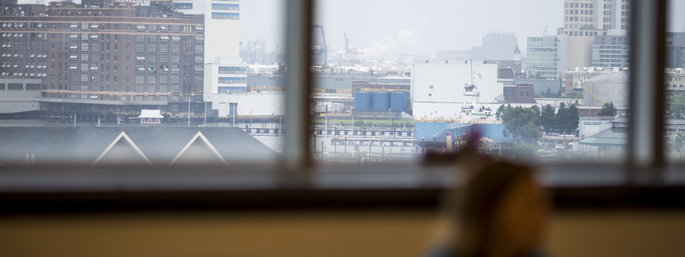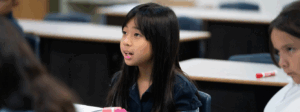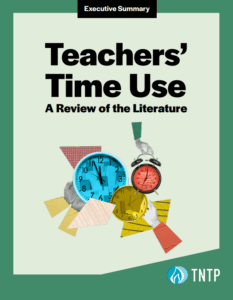I started my career as a legal assistant with The Legal Aid Society, the public defender in New York City, where I was assigned to the sprawling jail complex on Rikers Island.
It was a rough time for New York City. The scourge of crack had hit the streets; jails were overcrowded and understaffed. Buses with barred windows came across the bridge from Queens all day, delivering new groups of unfortunate men and women who’d been caught up in the criminal justice system. My job was to serve as a liaison between them and their lawyers.
Most of the clients I served hadn’t been convicted of anything. They were detained before trial, unable to afford the (sometimes pitifully low) bail. Most weren’t charged with violent crimes, either; the most common charge was drug possession.
For many, particularly the first-time offenders, Rikers was a terrifying and dehumanizing place to be. The worst, most dangerous building was C-74, which housed offenders ages 16 to 19. I would routinely see tiny kids who hadn’t yet gone through puberty in the same unit as fully grown men. Serious fights were a daily occurrence, sexual assaults were commonplace, and both were accepted as inevitable by Correction Officers. Some of these C.O.s treated detainees like human beings, with respect and even kindness. Others—angry, scared, hating their jobs—did not. Though it was rare that a C.O. was assaulted by a detainee, the risk and the fear were always present. The response to that fear was to ensure that punishments for infractions were swift and severe. Even the “newjacks” learned the rules quickly: give a C.O. attitude, you’d get a shove; refuse a command and you’d get taken to the ground; put your hands on a C.O. and you’d get a beat down.
Part of my job was to interview clients to develop a personal profile that could be useful in arguing for a lesser sentence in a plea bargain. School often came up in these conversations. Not surprisingly, very few of our clients had strong academic records, but I was particularly struck by how few had any real connection to school at all. Some were fiercely intelligent: One came to the interview room with a dog-eared copy of Camus’s The Stranger, and I stumbled to answer his questions about the book, not wanting to admit that I hadn’t read it. But many of them hadn’t been to school in a long time. Very few could name a teacher or administrator with whom they had a connection, who might be able to vouch for them.
Our work was important, don’t get me wrong; it made a difference to our clients to have a lifeline to their lawyers and someone who could advocate for them. But it wasn’t solving the real problem. Every day, Rikers—like so many other jails—was absorbing more kids who hadn’t gotten a quality education, who had been arrested for low-level drug offenses and incarcerated because they were too poor to post $500 in bail, in a brutal institution that would only add to the hurdles they’d have to overcome when they got out. Ensuring that jails are more humane was and is important, but the school-to-prison pipeline is the root of the problem, and ending it is an urgent priority.
We know that students of color are disproportionately subjected to suspension and expulsion (usually for non-violent offenses), which in turn increases the risk of involvement with the criminal justice system. It doesn’t have to be like this. Better preparing teachers to administer disciplinary tactics in a non-discriminatory way is a critical first step. And research shows that strong school attachments reduce the risk of delinquency. Provide these young people with schools that help them excel academically and afford them opportunities to develop strong relationships with adults and they’ll be far less likely to end up at Rikers or incarcerated anywhere else.
In August, the U.S. Attorney’s Office in Manhattan issued a report on the treatment of adolescent prisoners at Rikers Island. The investigators concluded that there is “a pattern and practice of conduct at Rikers that violates the constitutional rights of adolescent inmates.” As I read the report, I thought about the kids I had gotten to know as a legal assistant 30 years ago. Where were they now? Had any overcome the trauma of being locked up at C-74? And how many more kids had come through that terrible place in the years since? It is painful to contemplate.
In the 30 years since I worked for Legal Aid, nothing seems to have changed on Rikers. I sincerely hope that the Mayor swiftly implements the recommendations of the U.S. Attorney’s report regarding the culture and practices governing incarcerated adolescents. But even if all the recommendations are embraced, Rikers is still likely to be a nightmarish place for young people. Making it less nightmarish should be a priority, but we must also redouble our commitment to ensuring that all young people experience strong attachments in school—and fair school discipline policies—so we can reduce the risk that they’ll ever have to take that terrifying (and life-altering) bus ride.








